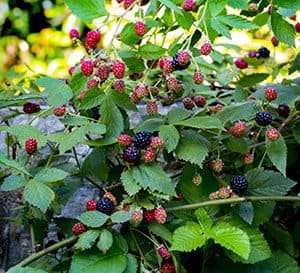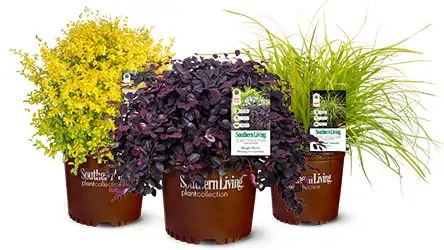By Kimberly Toscano
The collapse of European honeybee colonies has received a lot of attention and for good reason. Bees pollinate one-third of the food on our plates – that is quite an important job! Many wildflowers, trees, and shrubs, including those in our gardens, are also pollinated by bees. While honeybees receive all the glory for crop pollination, hundreds of lesser-known native bee species do a large amount of the work. In fact, some crops, such as tomatoes, are only pollinated by native bees.
European honeybees certainly need protection, as do our native pollinators. In addition to native bees, butterflies and moths, many beetles and flies, and even ants and wasps contribute a great deal to the business of pollination. These pollinators also face population decline, primarily due to habitat loss. Pollinators need our help and our gardens need pollinators. So what is a gardener to do? Learn to recognize the pollinators in your garden and which plants provide a good source of nectar.
Bees
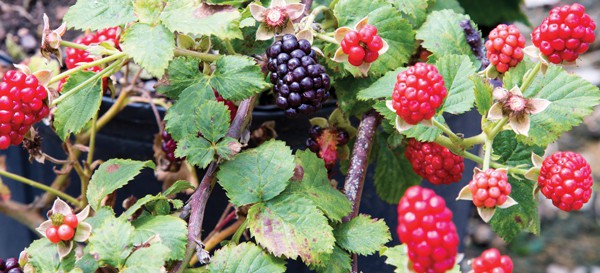
More than 4,000 species of native bees live across the United States. In addition to food crops, many wildflowers and ornamental plants also rely on bee pollination. Perhaps the easiest group of native bees to recognize are the large and furry bumble bees. Other common garden visitors include metallic-green sweat bees, squash bees, carpenter bees (which resemble bumble bees) and orchard bees. Bees are attracted to brightly-colored flowers in shades of blue and yellow, but they do not see red.
Echinacea: Crazy White™ and Crazy Pink™
Blackeyed Susan
Butterflies and Moths
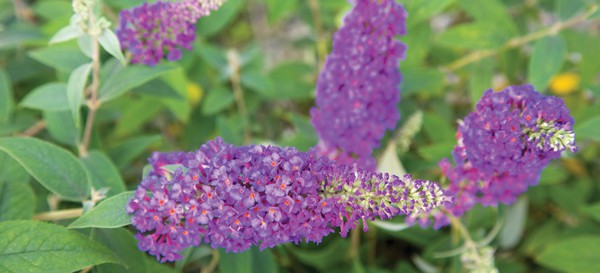
We are all familiar with butterflies and their fame as pollinators. Less appreciated are moths, which pollinate gardens by day and night. The most common day-active species is the hummingbird clearwing, which can be seen hovering over flowers like its namesake. Does your evening garden boast fragrant, night-blooming flowers? Chances are these are pollinated by moths.
ScentAmazing™ Gardenia (moth-pollinated)
Beetles
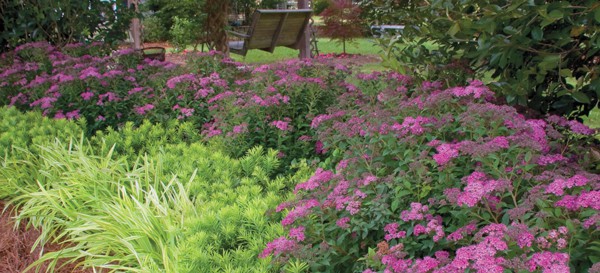
One in four species on earth is a beetle. Yes, that is one in four of all species—plants, animals, fungi, and bacteria included. So it comes with little surprise that many beetles are pollinators. In fact, they are among Earth’s first insect pollinators. Ancient plant species like Magnolia rely on beetles for pollination, as do pond lilies, spicebush, and Spiraea. Common beetle pollinators include soldier beetles and flower beetles—look for them in the garden.
Dark Blue Moody Blues™ Veronica
Yarrow
Hummingbirds
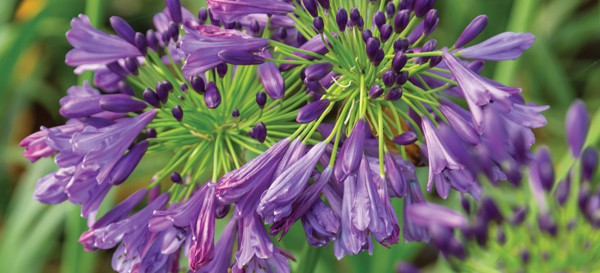
You will find hummingbirds hovering among brightly-colored, tubular shaped flowers, particularly in shades of red. These winged jewels are important pollinators to many wild flowers. In addition to red, hummingbirds visit flowers in many bright hues from yellow and orange to pink and purple.
Ember’s Wish™ Salvia
Flies

Don’t worry, we are not talking about houseflies or mosquitoes (though mosquitoes are pollinators). Among the wide variety of flies are many that visit flowers – providing pollination along with additional services such as predation and parasitism of pests. Two species to look for in the garden are syrphid flies (also called hover flies or flower flies) and tachinid flies. Syrphid flies look like small, flat bees and visit many of the same flower species. Immature syrphid flies are voracious predators, feeding onaphids, scales, thrips, and caterpillars. You want them in your garden!
‘Denver Daisy’ Blackeyed Susan
Gaillardia: ‘Sunset Flash’, and ‘Celebration’
Leucanthemum: ‘Real Charmer’ and ‘Real Glory’
Coreopsis
Wasps
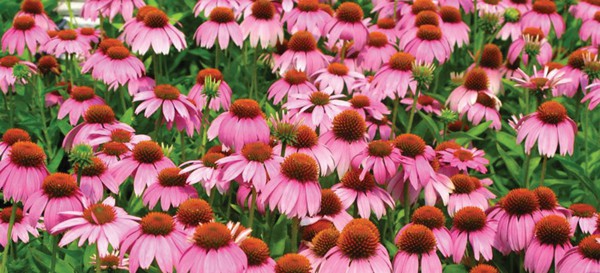
Despite their bad reputation, wasps are actually very beneficial to the garden. They eat garden pests and many also contribute to pollination. Wasps range significantly in size, with some species measuring no larger than a pinhead. As such, they utilize a wide variety of flowers in the garden, depending on species.
Gaillardia: ‘Arizona Sun’ and ‘Sunset Orange’, ‘Celebration’ and ‘Sunset Flash’
Lantana: Cosmic Firestorm™ and Firestorm®
Echinacea: Crazy Pink™ and Crazy White™
Coreopsis

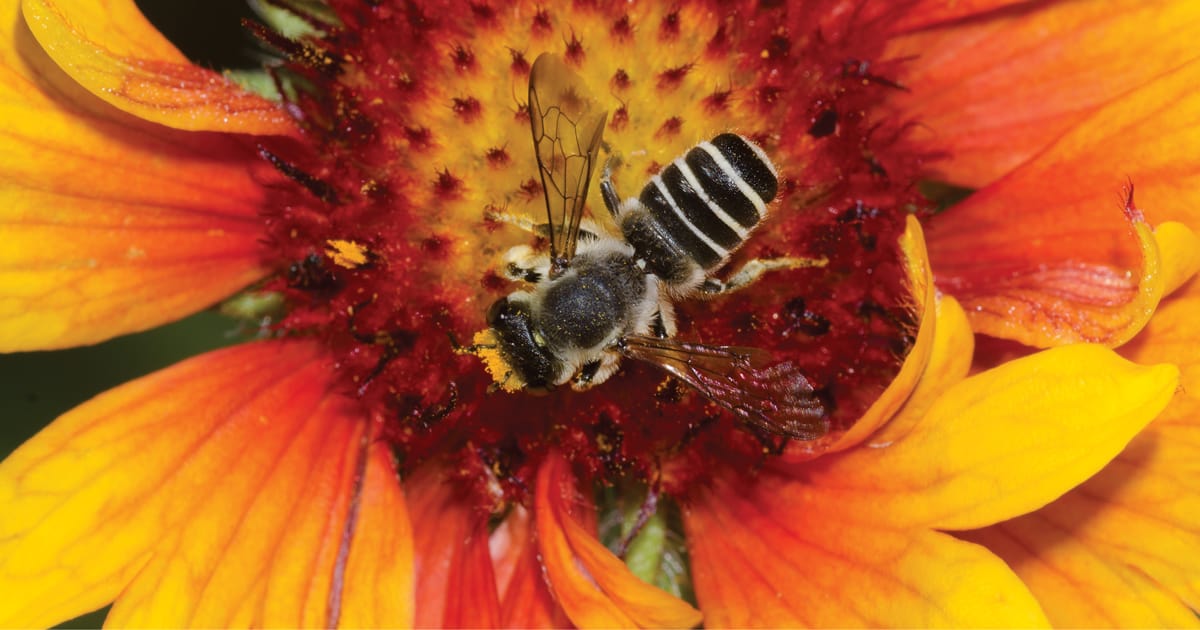




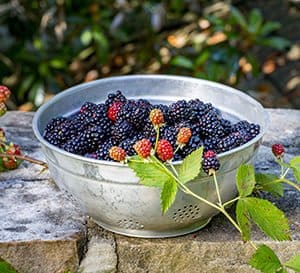
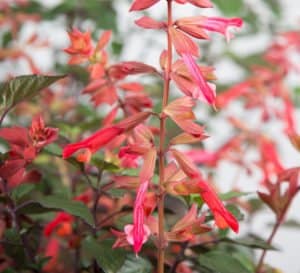
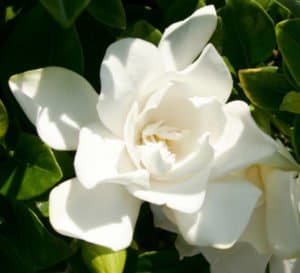
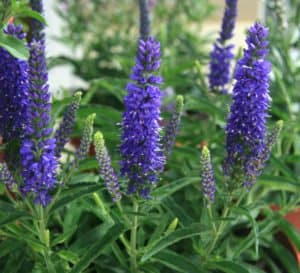
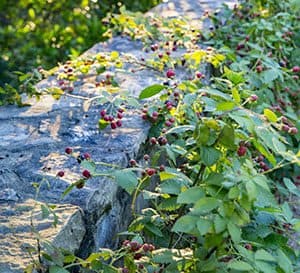
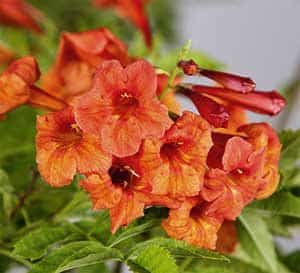
_300x273-300x273.jpg)
